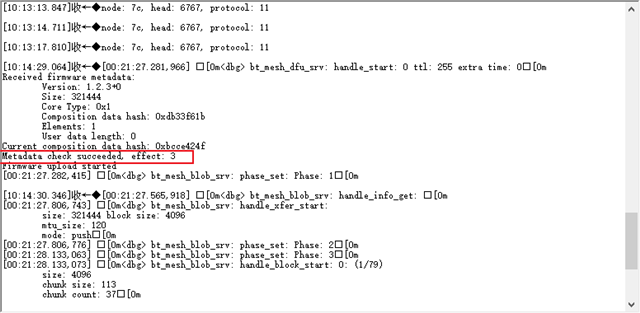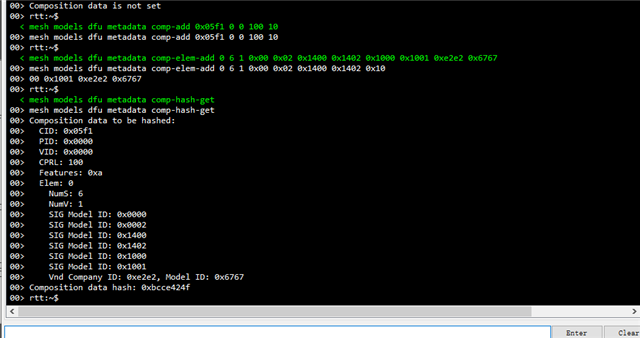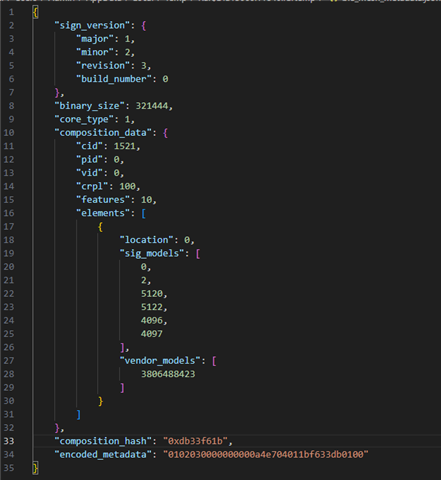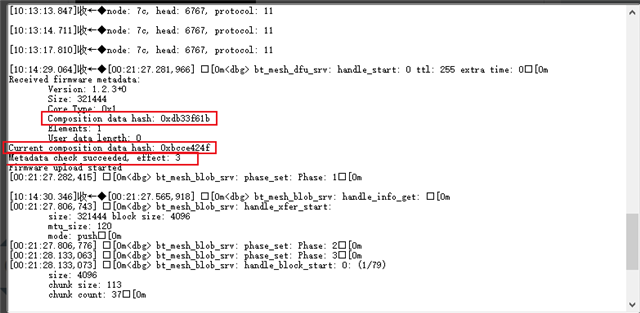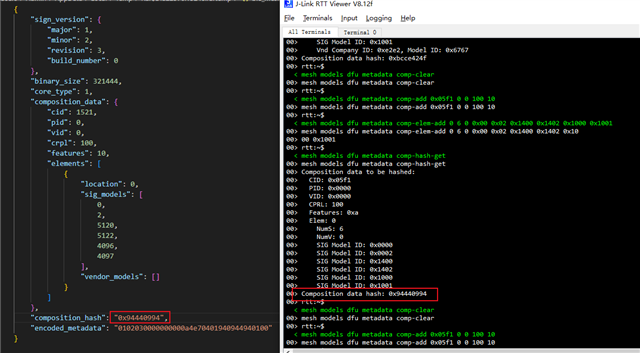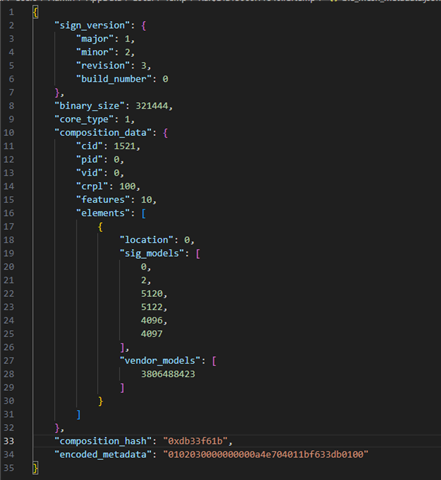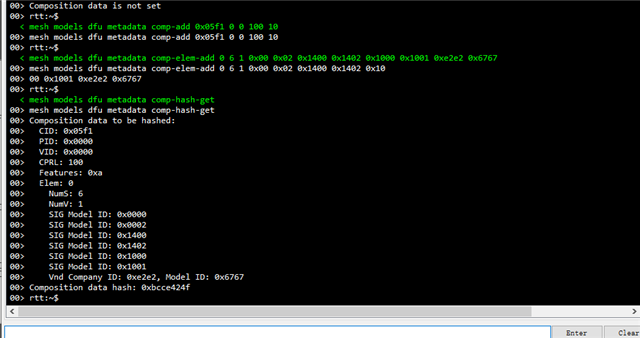I have implemented DFU functionality in my Bluetooth mesh project and used device A as the distributor and device B as the node to be updated. I have already configured both devices and they can communicate with each other. Then I use the distributor to send new firmware to the node. After the node firmware is successfully updated, the original distribution network information of the node is cleared. At this point, the distributor and the node cannot communicate and need to manually reconfigure the distribution network. How can the original distribution network data be retained during DFU updates?



